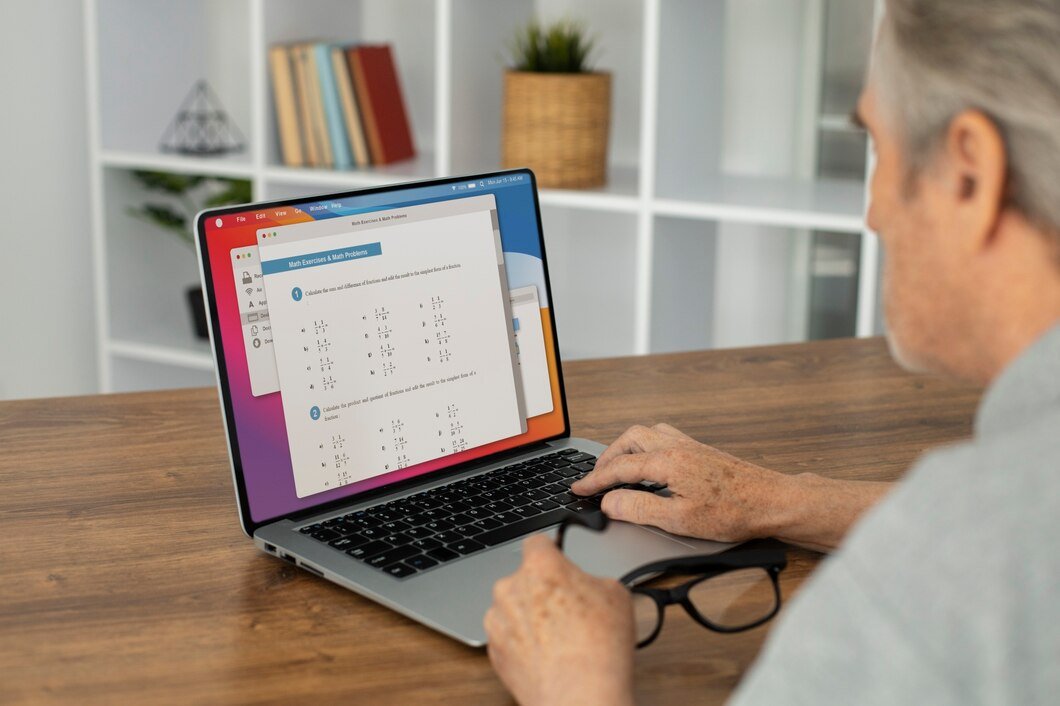Table of Contents
1. Introduction to IP Addresses
IP addresses are essential in networking, acting as unique identifiers for devices connected to the internet. These addresses ensure that data is sent to the correct destination. They are divided into two main types: public and private IP addresses. Public IP addresses, like 34.217.198.225, are accessible over the internet and are assigned by Internet Service Providers (ISPs).
2. Overview of IP Address 34.217.198.225

IP address 34.217.198.225 is an IPv4 address, commonly used across the internet. IPv4 addresses consist of four sets of numbers, each ranging from 0 to 255, separated by periods. This specific address can be traced back to an ISP, which allocates it to one of their users or services.
3. Tracing the IP Address 34.217.198.225
Tracing an IP address involves determining its geographical location and associated ISP. Tools like IP geolocation services can provide details such as the country, region, and city associated with 34.217.198. 225. However, these tools only offer approximate locations, as ISPs may assign IPs dynamically across large regions.
4. Internet Service Providers (ISP) and IPs

ISPs are entities that provide internet access to users, and they own blocks of IP addresses like 34.217.198.225. By checking the WHOIS database, you can identify the ISP associated with this IP. Typically, large ISPs manage extensive ranges of IP addresses, which they allocate to their customers.
5. Use Cases for IP Address 34.217.198. 225
IP address 34.217.198.225 could be used for residential internet access or commercial services. The exact use depends on the ISP’s assignment. While IP addresses like this one are crucial for online activities, they can also pose risks, such as exposure to cyber threats if not properly secured.
6. Security Concerns with IP Address 34.217.198.225

IP addresses can be targeted by various cyber threats, including hacking and DDoS attacks. Protecting your IP address involves using firewalls, VPNs, and other security measures to reduce vulnerabilities. If an IP address like 34.217.198.225 is compromised, users should contact their ISP immediately.
7. Understanding IP Blocks and CIDR Notation
IP blocks are groups of IP addresses that are managed together. CIDR (Classless Inter-Domain Routing) notation is a method for representing IP blocks. Understanding CIDR is essential for network management, especially when dealing with multiple IP addresses like 34.217.198.225.
8. Reverse DNS Lookup for 34.217.198.225
Reverse DNS lookup is a process where an IP address is used to find the domain name associated with it. Performing a reverse DNS lookup for 34.217.198.225 can reveal the domain name of the service or server it’s linked to, which is useful for network diagnostics and security.
9. IP Reputation and Blacklisting
IP reputation reflects how an IP address, like 34.217.198.225, is perceived based on its history of activity. IPs can be blacklisted if they are associated with malicious behavior. Users can check the reputation of an IP address using various online tools to ensure it’s not compromised.
10. IP Address 34.217.198.225 and Privacy
IP addresses can be tracked, revealing the user’s general location and ISP. Understanding the legal implications of IP tracking is crucial for privacy. Users should employ privacy best practices, such as using VPNs, to safeguard their IP address information.
11. The Role of IP Addresses in Cybersecurity
IP addresses are vital in cybersecurity for monitoring and detecting malicious activities. Security systems track IP addresses like 34.217.198.225 to identify potential threats. Cybersecurity experts analyze IP traffic to prevent and respond to attacks.
12. How to Hide or Mask Your IP Address
There are several reasons to hide your IP address, such as maintaining privacy or bypassing regional restrictions. Techniques like using VPNs, proxies, or the Tor network can help mask your IP, including 34.217.198.225, making it harder to trace.
13. Dynamic vs. Static IP Addresses
Dynamic IP addresses change periodically, while static IP addresses remain constant. Understanding the differences between these two types is important for managing network resources. Static IPs are typically used for servers, while dynamic IPs, like 34.217.198.225, are often used for general internet access.
14. IP Address Conflicts and Resolution
IP conflicts occur when two devices on the same network are assigned the same IP address. This can cause network issues, including loss of connectivity. Resolving conflicts involves adjusting network settings to ensure each device has a unique IP.
15. Frequently Asked Questions (FAQs)
Q1: How can I find my IP address?
- You can find your IP address by using online tools or by checking your network settings on your device.
Q2: Can someone track me using my IP address?
- Yes, but they can only determine your general location and ISP, not your exact address.
Q3: What should I do if my IP address is blacklisted?
- Contact your ISP to request a new IP address or work on improving your IP’s reputation.
Q4: What is the difference between IPv4 and IPv6?
- IPv4 uses a 32-bit address format, while IPv6 uses a 128-bit
Joyce Leia Suabia de Assis Lamont de Lacerda: A Comprehensive Overview











